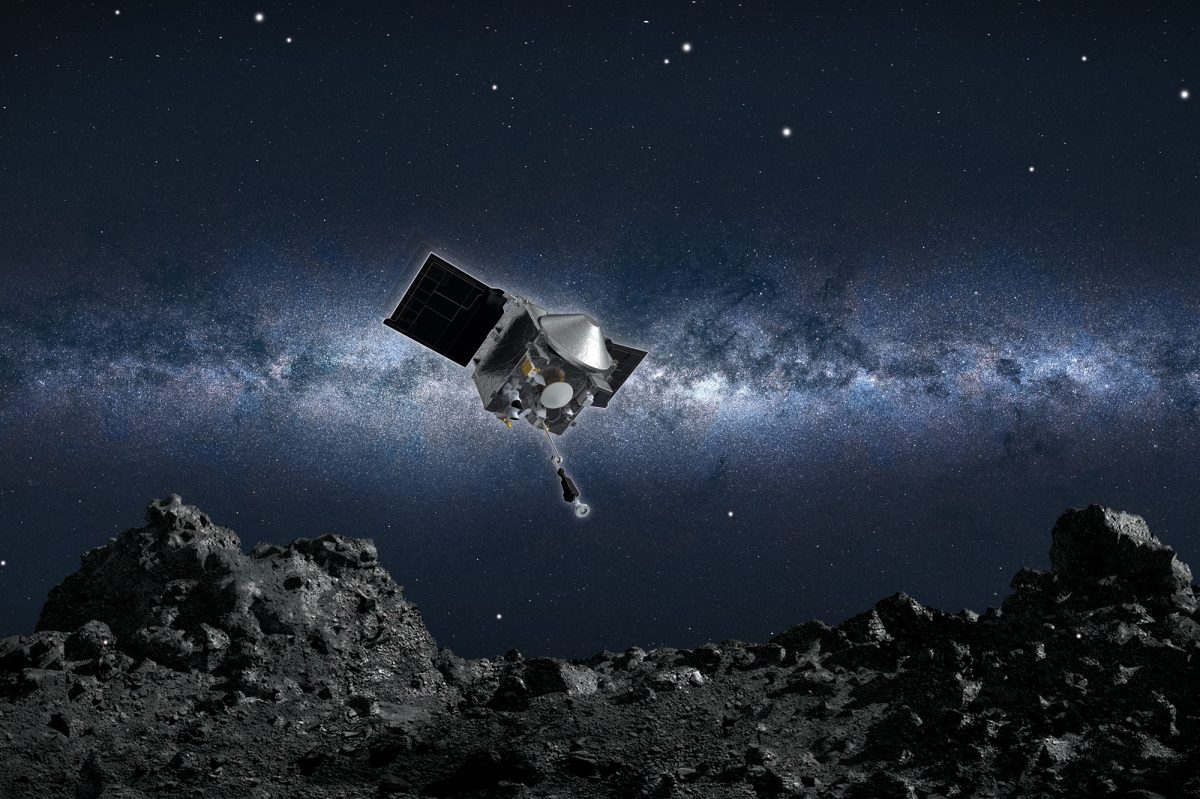On September 2016, NASA launched a mission to recover samples from asteroid 101955 Bennu. The Origins, Spectral Interpretation, Resource Identification, and Security-Regolith Explorer, or OSIRIS-REx, returned to Earth and dropped off its sample after an almost 7-year expedition. Bennu, a near-Earth asteroid, was picked specifically for this expedition due to its carbon-full composition, which is one of the essential building blocks for life. By gathering these samples, scientists may be able to answer some of the most pressing questions about our species, like how we were able to flourish on Earth. Another purpose of OSIRIS-REx is to map out its orbit relative to Earth. This is because Bennu has a relatively high probability of terrestrial collision, 1 in 1,000.
Although OSIRIS-Rex’s mission to Bennu and back has come to completion, the spacecraft behind it isn’t quite finished yet. Its next task is to do a study of the asteroid Apophis, under the acronym OSIRIS-APEX (Origins, Spectral Interpretation, Resource Identification, and Security-Apophis Explorer). OSIRIS-APEX is expected to make contact with Apophis in April 2029. This asteroid only comes close enough to Earth every 7,500 years, so there won’t be another chance for quite some time.











